Born in Milan on 17 August 1912, he studied at the Brera Academy under the guidance of Maestro Aldo Carpi. He has exhibited in Milan in 1942, 1950 and 1955, and Mantua in 1962 and Lerici in 1963. He had a diploma of honor and the gold medal in the Exhibition of the Portrait Frame Gold 1972-1973. His works are in numerous Italian and foreign collections.
He was careful and constant searching of the human soul in its most intricate folds through a figurative painting style tended to find strong and contrasting colors, influenced by the expression of Ensor and fairytale themes of Chagall.
In his artistic journey emerges a torment, sometimes heartbreaking, expressed in ghosts of Death, in the up and dances of death of floating, demonic signs from the heavens, majestic in judgments of God, expressed in these issues a warning of redemption for himself and for others, cried out in terror and apocalyptic lit colors.
On the other hand, the creative process is inspired by the landscapes of eastern Liguria and Lake Maggiore, where in the long stays, rediscover the joy away from the existential drama, through a redemption of the soul, and a simple search of the purity of the newspaper . The nature, the countryside, the sights of spring hill, religious traditions, the portraits of relatives and friends, and curiosity about the serene relaxation of the sea bathers continue the dream of the same creative passion.
Bianchi In fact, the preparation of pictorial material, through the dream, the bright colors, often violent, are alarmed about the state of the world, moral decay and a real need for salvation. Inner suffering and the resulting human-reflection, the figures generated by a macabre seductive and sinuous projection of a reality helmet but this dramatically and, secondly, a meditative catharsis, search for safe and comforting images of reality along with their loved ones.
By maestro Aldo Carpi, in particular, it can be said to have learned, as well as the painting technique, even a wisdom in narrating and expressing gestures of his ghostly and gloomy characters, perhaps in part inspired by a vision from the drawings that then constituted the moving "Diary of Gusen" (published in 1972), in which Aldo Carpi told - with dramatic scarnezza and amazement - the figures of the German prison camp where he was locked up for about a year. Can be found, so, in several works by the artist, the inspiration for the same human skeletal and rags inanimate dancing in front of Death: paradigm of a suffering humanity that in times of war less atrocious, again relapse into a damn evil (accomplice to the sensitivity of a psyche suffering).
Death and its dances, melt - in his paintings - two other trends: the animals and the iconography and the Old Testament. The former are often described as limp body, mutilated and bloody that inanimate fill the sheet of paper expressing a depressing and underlying futility of being tragically humiliated. In the various themes, Bible stories, in contrast, show strongly the desire for redemption of the painter, by way of examples and full of powerful energy.
In the search for Bianchi silence prevails constantly screamed with pain, motivated by a zeal and an effective tension afterlife, when you rebuild your emotional and very human operational mission and history, a world poised between the enemy and God
A patient on the survey and analytic rating of part of the rich corpus of paintings left by Gianluigi Bianchi has shown an extraordinary artistic output, both in relation to issues during the teacher's life has treated both for the different techniques used .
Oils on canvas, tempera, watercolors, charcoals, ink and pencils in different sizes and, for the drawings, in some cases, implemented on both sides of the sheets, were the creative tools used by Whites to recount the stages poetic, introspective and dramatic of its existence. Emerged five different issues related to emotional and expressive moments of the master: death, outlined in dances sarcastic, deformation and diabolical dream that devastate and inflamed world heavy with sin and blindness of the heart, the human soul, which is described in its silences, in deep meditation, travel foreignizing mental and introspection of the newspaper that relate to reality, portraits, where he has ample self-portrait, and observation of different female figures caught in their own silent meditation and the insulation intrigued by the fact ; the animals, whether fast, safe and accurate, including emerging and alter the princely fowl or raw and bloody carcasses of slaughtered animals. Finally, the strand definable Bible, which, in part intertwined with that of death, brings out predominantly in the sensitivity and dramatic eschatological and Christian Bianchi, tense, for all thirty years of his painting activity, the relationship between created and its end, between destiny and fulfillment, between death and dream.

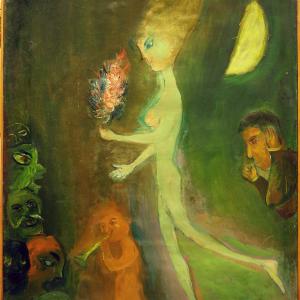
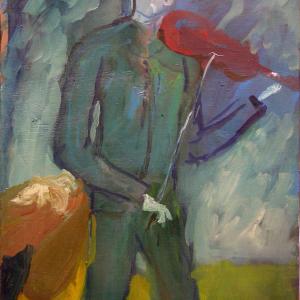
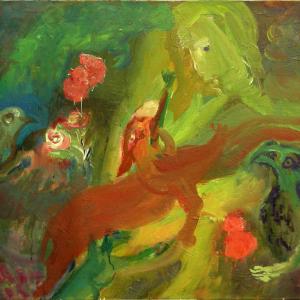
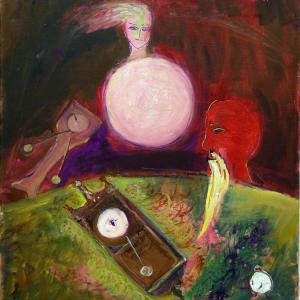
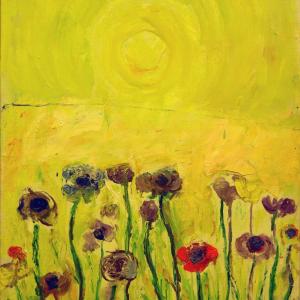
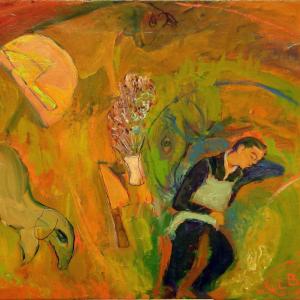
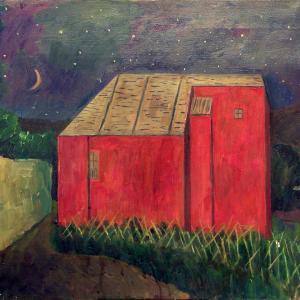
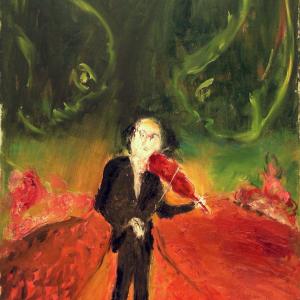
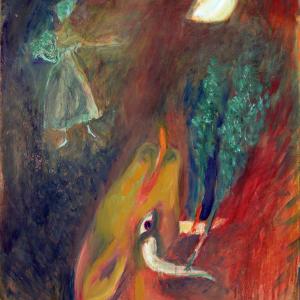
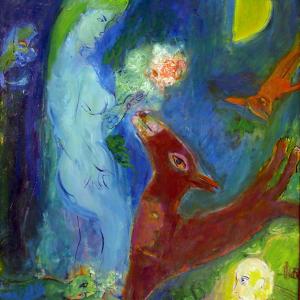
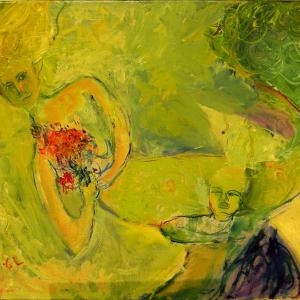
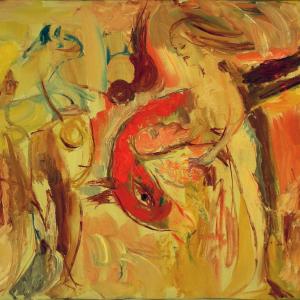
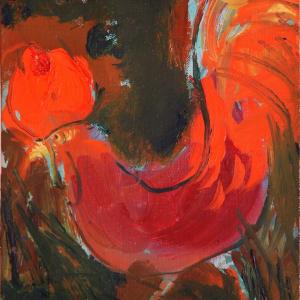
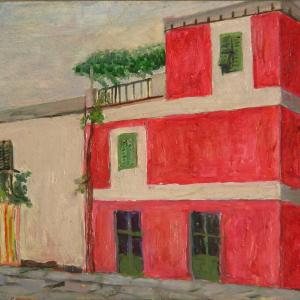
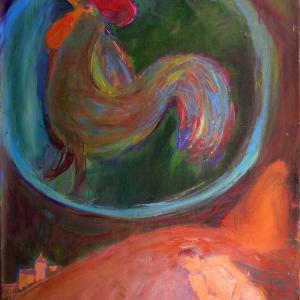

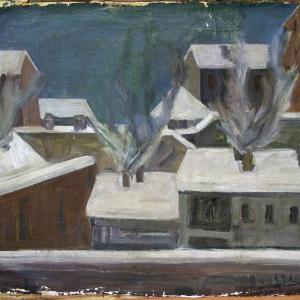
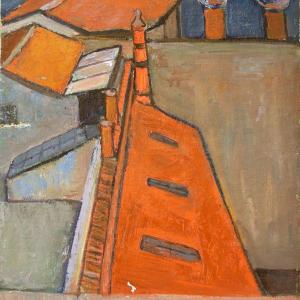






Comments 0
Say something